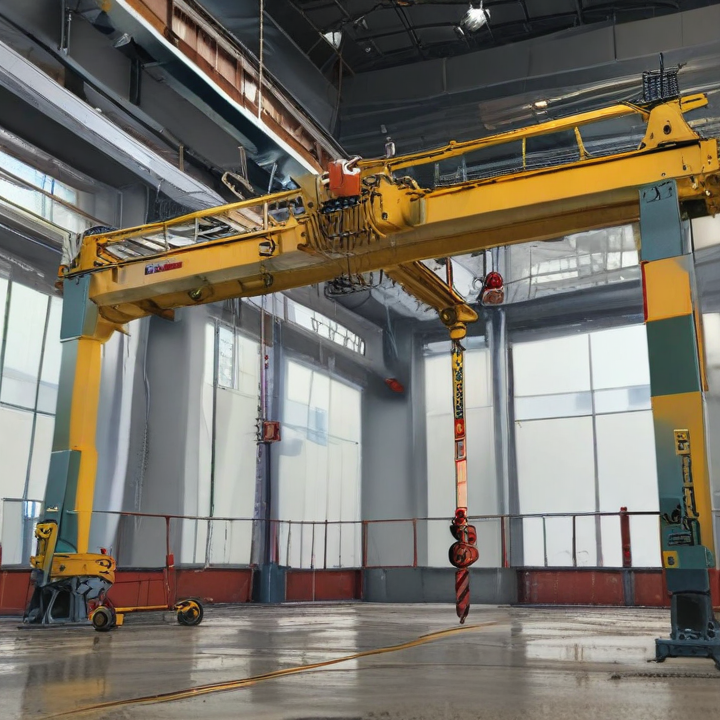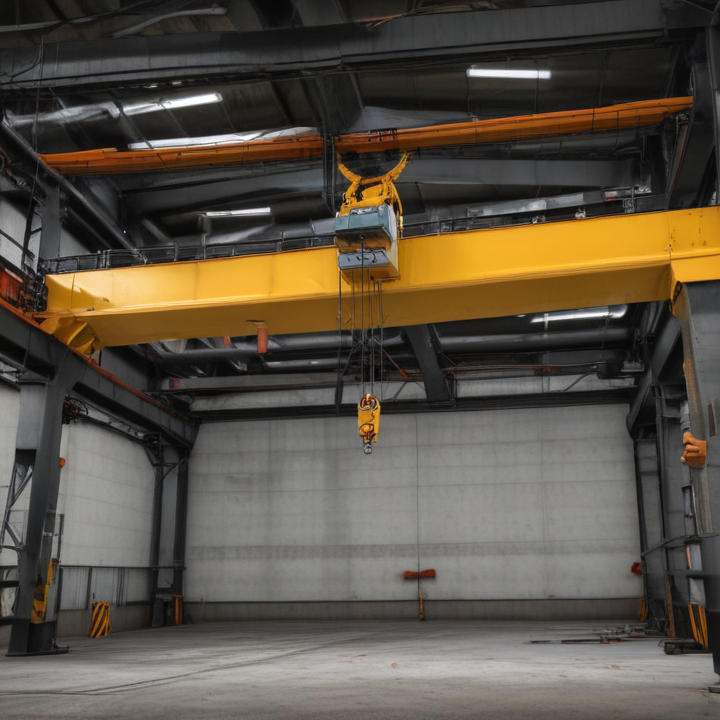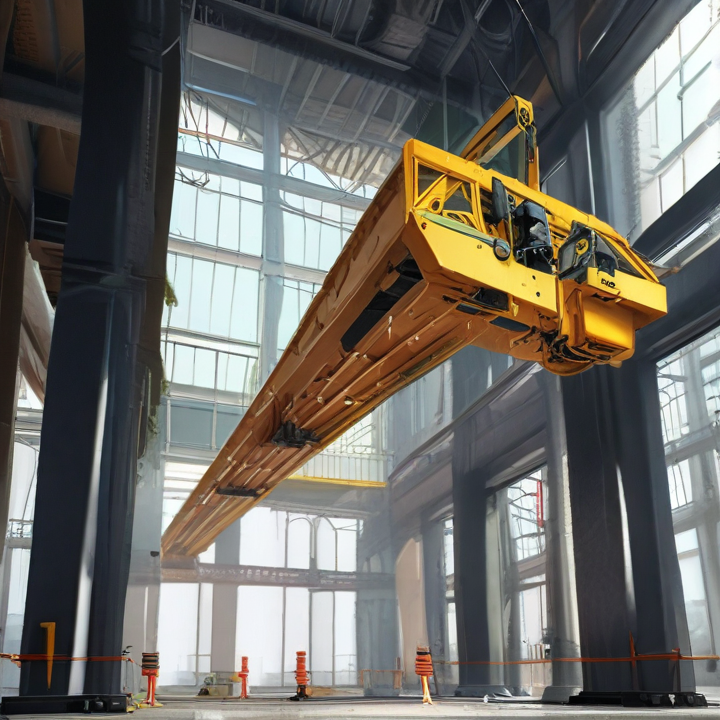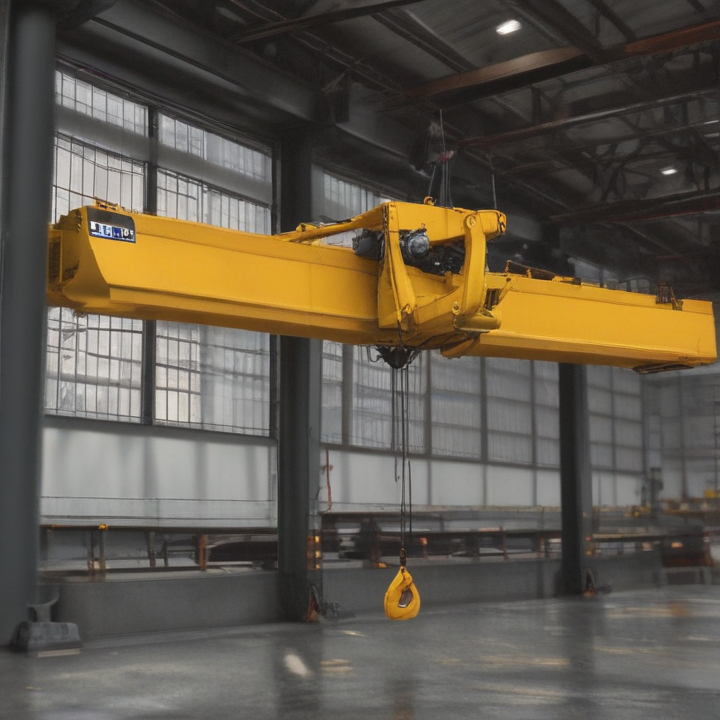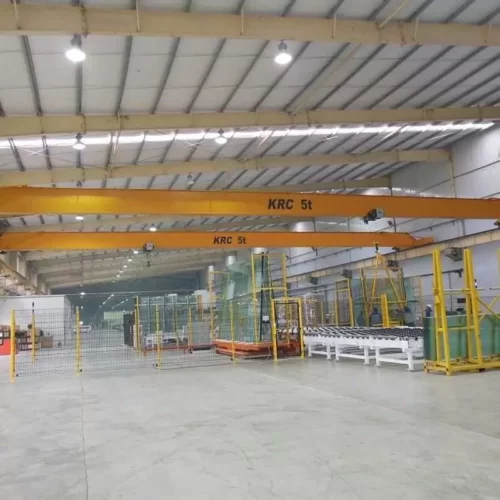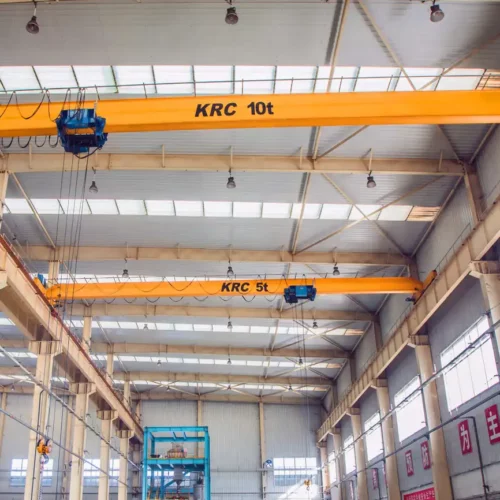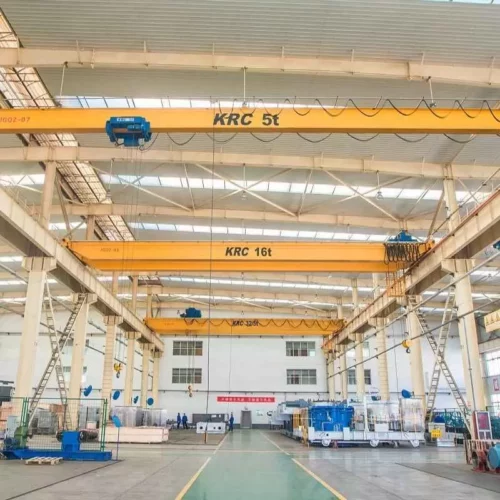2 ton overhead bridge crane Safety Certifications
Operating a 2-ton overhead bridge crane necessitates strict adherence to various safety certifications and standards to ensure workplace safety and regulatory compliance. Key certifications and guidelines typically include:
1. OSHA: The Occupational Safety and Health Administration sets rigorous standards for crane operations in the United States. Key regulations include 29 CFR 1910.179 for Overhead and Gantry Cranes, focusing on design, inspections, maintenance, and operator training.
2. ASME B30.2: The American Society of Mechanical Engineers provides the B30.2 standard, which offers guidelines on the construction, installation, operation, inspection, and maintenance of overhead and gantry cranes.
3. ANSI: The American National Standards Institute ensures that cranes meet certain safety criteria. Although ANSI itself does not develop standards, it provides accreditation to organizations like ASME that develop relevant guidelines.
4. CMAA: The Crane Manufacturers Association of America specifies crane classes (Class A to F) to delineate usage types and frequency, aiding in proper crane selection, design, and maintenance protocols.
5. ISO 9001: Many organizations seek ISO 9001 certification to demonstrate their commitment to quality management systems, which can encompass the safety and reliability of cranes and their operations.
6. Regular Inspections: Certification often requires periodic inspections. This includes daily pre-operation checks by operators and more thorough inspections by certified professionals at specified intervals.
7. Operator Certification: Proper training and certification for crane operators are crucial for safe operation. Many jurisdictions require operators to be certified by recognized bodies such as NCCCO (National Commission for the Certification of Crane Operators) or CIC (Crane Institute Certification).
8. Maintenance and Record Keeping: Implementing a robust maintenance program and keeping detailed records are mandatory for compliance and ensuring long-term operational safety.
Employing these safety standards helps mitigate risks, ensuring the safe and efficient operation of overhead bridge cranes.
List Reference Technical Parameters of “2 ton overhead bridge crane”
A 2-ton overhead bridge crane is designed to lift objects weighing up to 2 tons (approximately 2000 kg). Here are the key technical parameters:
1. Load Capacity: 2 tons (2000 kg).
2. Span Length: Varies depending on the application but typically ranges from 5 to 30 meters.
3. Hoist Type: Wire rope or chain hoist, depending on the required lift height and speed.
4. Lift Height: Customizable, often between 6 to 30 meters.
5. Crane Speed:
– Hoisting Speed: Generally between 5 to 20 meters per minute.
– Trolley Traversing Speed: Typically around 10 to 30 meters per minute.
– Bridge Traveling Speed: Usually from 20 to 70 meters per minute.
6. Control System: Options include pendant control, wireless remote control, or cab control.
7. Duty Cycle: Rated according to the intended operational frequency, e.g., A3 (light) to A5 (medium) as per FEM/ISO standards.
8. Power Supply: Usually three-phase AC, common voltages are 380V, 415V, or 460V, with a frequency of 50Hz or 60Hz.
9. Motor Type: Typically induction motors with varying capacities based on operation requirements.
10. Safety Features: Overload protection, limit switches, emergency stop, and anti-collision devices.
11. Structure Type: Single girder or double girder, depending on span and capacity requirements.
12. Rail Type: Usually steel I-beams or specially designed crane rails.
13. Installation: Requires specialized foundation and structural support for crane rails.
14. Environmental Considerations: Designed to operate in conditions ranging from standard industrial environments to specialized setups, such as high-temperature or corrosive atmospheres.
These parameters ensure that the 2-ton overhead bridge crane can be adapted for various industrial applications, providing both efficiency and safety in lifting and moving heavy loads.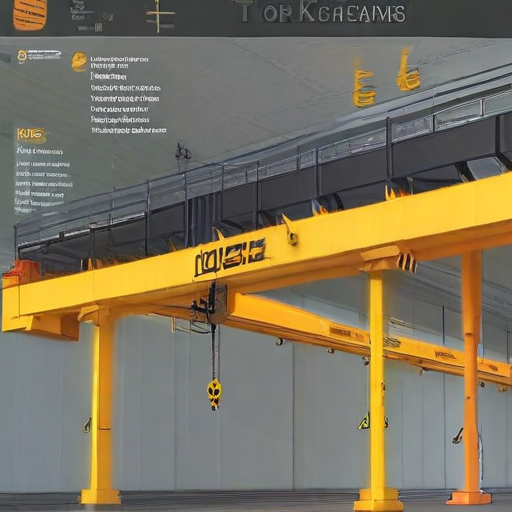
List Product features of “2 ton overhead bridge crane”
Product Features of 2 Ton Overhead Bridge Crane
1. Load Capacity: Designed to lift and move loads up to 2 tons (4,000 lbs).
2. Bridge Design: Includes a robust, durable bridge structure typically made of steel to ensure strength and stability.
3. Span: Customizable span width to accommodate various industrial spaces and requirements.
4. Height: Adjustable lift height to meet specific operational needs, often ranging from low to high ceilings.
5. Hoist Mechanism: Equipped with an efficient, reliable electric hoist for precise lifting and positioning of loads.
6. Control System: User-friendly controls, often featuring a pendant control, remote control, or automatic operation.
7. Travel Speed: Variable travel speeds to ensure smooth, controlled movement of loads.
8. Safety Features: Incorporated safety mechanisms like overload sensors, emergency stop functions, and limit switches.
9. Power Source: Typically powered by electricity, with options for three-phase or single-phase power supply.
10. Durability: Constructed with high-quality materials and components for long-lasting performance in industrial environments.
11. Ease of Installation: Designed for straightforward installation with minimal downtime.
12. Maintenance: Low-maintenance design with easily accessible parts for routine inspections and servicing.
13. Versatility: Suitable for various industries including manufacturing, warehousing, and material handling operations.
14. Compliance: Adheres to industry standards and safety regulations to ensure worker safety and reliable operation.
15. Customization: Options available for tailoring features such as lifting speed, control type, and additional accessories to meet specific operational needs.
16. Operational Efficiency: Enhances productivity by enabling the quick and efficient movement of heavy materials over a defined area.
17. Environment Adaptability: Designed to operate efficiently in a range of environmental conditions, including indoor and certain outdoor settings.
In summary, a 2 ton overhead bridge crane offers robust lifting capabilities, safety features, and customizable options, making it a reliable choice for various industrial applications.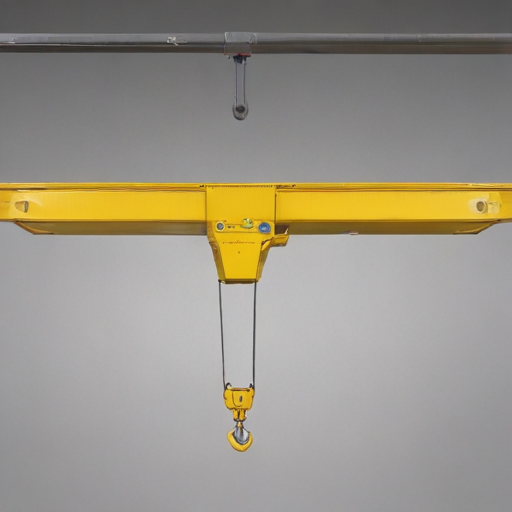
List Application of “2 ton overhead bridge crane”
A 2-ton overhead bridge crane is an essential piece of equipment in various industries due to its ability to lift and move heavy loads with precision and safety. Here are some key applications:
1. Manufacturing Facilities: Used for transporting raw materials, components, and finished products within the manufacturing floor. Enhances efficiency in assembly lines, fabrication, and machine shops.
2. Warehousing and Distribution: Assists in the efficient movement of heavy goods and pallets. Crucial for loading and unloading materials from trucks and storage areas.
3. Construction Sites: Vital in lifting and positioning heavy building materials, steel beams, and precast concrete sections. It streamlines construction workflows and improves safety.
4. Automotive Industry: Used in moving engines, transmissions, and other heavy components on the production floor. Facilitates maintenance and assembly processes.
5. Metalworking: Essential for handling large sheets of metal, heavy machinery, and equipment. It aids in delivering materials to cutting, bending, and assembly areas.
6. Shipbuilding: Crucial for transporting heavy ship components, engines, and sections of the hull. Enhances efficiency in assembly and repair operations by improving material handling.
7. Power Generation: Used in maintenance of heavy equipment such as turbines and generators. Allows for safe handling of large, heavy components during installation, servicing, and repairs.
8. Aerospace: Facilitates the movement of large aircraft parts, including wings, fuselages, and engines. Enhances precision and safety in assembly and maintenance hangars.
In summary, a 2-ton overhead bridge crane is a versatile tool that significantly improves material handling efficiency, safety, and operational workflow in multiple sectors. Its applications span across diverse industries, making it an invaluable asset in modern industrial operations.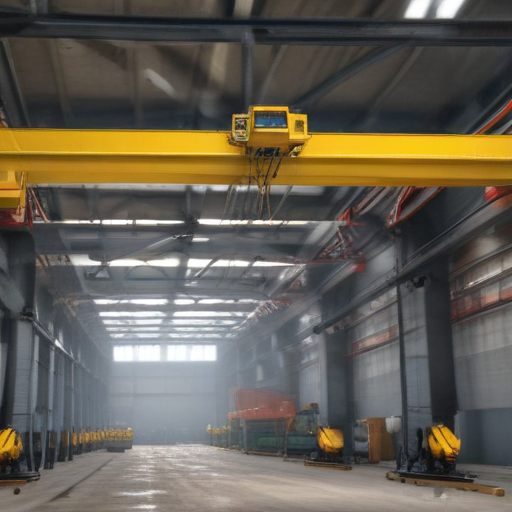
List Various Types of “2 ton overhead bridge crane”
A “2-ton overhead bridge crane” is a type of crane that is utilized in various industrial settings for lifting and transporting heavy materials. Different types of these cranes are designed to meet specific requirements and environments. Here are the various types:
1. Single Girder Bridge Crane:
– Description: Has one main beam or girder that supports the trolley and hoist.
– Features: Lighter and more cost-effective, suitable for lighter loads and shorter spans.
– Applications: Manufacturing, light assembly lines.
2. Double Girder Bridge Crane:
– Description: Comprises two main girders for added strength and support.
– Features: Higher lifting capacities and greater spans, allowing for more complex lifting operations.
– Applications: Heavy manufacturing, steel mills.
3. Top Running Bridge Crane:
– Description: The bridge runs on tracks located on the top of runway beams.
– Features: Provides maximum hook height, suitable for heavier loads.
– Applications: Warehouses, large assembly plants.
4. Under Running (Underslung) Bridge Crane:
– Description: The bridge is suspended from the bottom flange of runway beams.
– Features: Lower headroom, typically used in facilities with limited space.
– Applications: Small to medium-sized workshops.
5. Adjustable Bridge Crane:
– Description: Features adjustable spans to accommodate various working conditions.
– Features: Flexible and versatile.
– Applications: Multifunctional workspaces.
6. Gantry Crane:
– Description: Similar to a bridge crane but supported by legs that move on ground-level tracks.
– Features: Versatile, doesn’t require runway beams.
– Applications: Construction sites, shipyards.
7. Workstation Crane:
– Description: Designed for smaller loads and ergonomic ease of use.
– Features: Lightweight, easy to move.
– Applications: Manual workstations, light assembly.
Each type of 2-ton overhead bridge crane serves a unique set of industrial needs, ensuring safe and efficient lifting operations tailored to specific environments.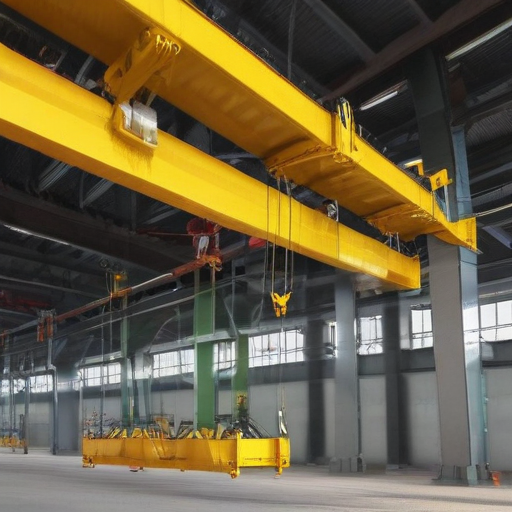
2 ton overhead bridge crane Accessories Upgrades and Custom Manufacturing Options
Upgrading and customizing a 2-ton overhead bridge crane can enhance its functionality, safety, and performance. Here are some key accessories, upgrades, and custom manufacturing options to consider:
Accessories
1. Wireless Remote Controls: Provides operators with more freedom and reduces the need for manual control from a fixed station.
2. Load Indicators: Real-time weight monitoring ensures you do not exceed the crane’s capacity.
3. Anti-Collision Devices: Improves safety by preventing cranes from colliding with other structures or equipment.
4. CCTV Systems: Enhanced visibility for operators, especially useful in large or obstructed workspaces.
5. Hoist Features: Options like variable speed controls and dual hoists for synchronized lifting can improve precision and versatility.
Upgrades
1. Variable Frequency Drives (VFDs): Allows for smooth acceleration and deceleration, reducing mechanical stress and energy consumption.
2. Automated Systems: Implementing automation for repetitive tasks can increase efficiency and reduce human error.
3. Enhanced Safety Features: Adding emergency stop buttons, advanced braking systems, and overload protection.
4. Enhanced Durability: Upgrading to corrosion-resistant materials or coatings for longevity in harsh environments.
Custom Manufacturing Options
1. Bespoke Beam Sizes and Shapes: Tailored to fit specific workspace constraints or to accommodate unique lifting requirements.
2. Specialized Hooks or Grabs: Custom hooks, magnets, or vacuum lifts to handle diverse load types safely and efficiently.
3. Tailored Power Supply Systems: Options like conductor bars or festoon systems, depending on the mobility and reach required.
4. Custom Trolleys and End Trucks: Designed to meet specific load handling and travel requirements.
Conclusion
Tailoring a 2-ton overhead bridge crane with the right accessories, upgrades, and custom manufacturing options can significantly improve its operational capabilities and safety. Consulting with a crane specialist can help identify the optimal solutions for your specific needs.
List Quality Control and The Manufacturing Process of “2 ton overhead bridge crane”
Quality Control of 2-Ton Overhead Bridge Crane
1. Material Inspection: All raw materials, such as steel, motors, and electrical components, undergo thorough inspection for compliance with industry standards.
2. Design Verification: The crane design is validated using computer simulations to ensure structural integrity, load capacity, and safety features.
3. Welding Quality: Welds are inspected using non-destructive testing methods like ultrasonic or magnetic particle inspection to detect any potential defects.
4. Assembly Checkpoints: During the assembly stage, multiple checkpoints are instituted to verify the accuracy of component fitting and alignment.
5. Function Testing: The crane undergoes functional tests to ensure all movements (hoisting, trolley movement, and bridge travel) are smooth and within specifications.
6. Load Testing: The crane is tested at 125% of its rated load capacity to confirm it can handle the weight safely.
7. Electrical Safety: All electrical systems are tested for proper insulation, grounding, and functionality to prevent any electrical hazards.
8. Final Inspection: A comprehensive final inspection ensures that the entire system works harmoniously and adheres to all regulatory standards.
9. Documentation: Detailed records of all tests and inspections are maintained for traceability and compliance.
Manufacturing Process of 2-Ton Overhead Bridge Crane
1. Design and Engineering: Engineers create detailed plans, including CAD models, specifying dimensions, materials, and tolerances.
2. Material Procurement: High-quality materials such as steel beams, motors, and electrical components are sourced from reputable suppliers.
3. Cutting and Shaping: Steel beams and components are cut and shaped using laser cutting, CNC machines, and press brakes to precise dimensions.
4. Welding and Assembly: Components are welded together, forming the main girder, end trucks, and other structural elements. Subassemblies for the hoist and trolley are also assembled.
5. Machining: Machining processes are used to create intricate parts, ensuring a precise fit and alignment.
6. Surface Treatment: Components undergo processes like sandblasting, priming, and painting to prevent corrosion and enhance durability.
7. Electrical Installation: Electrical systems, including control panels, motors, and wiring, are installed and connected as per design specifications.
8. Final Assembly: All subassemblies are brought together to form the complete crane. Alignment and calibration are meticulously done.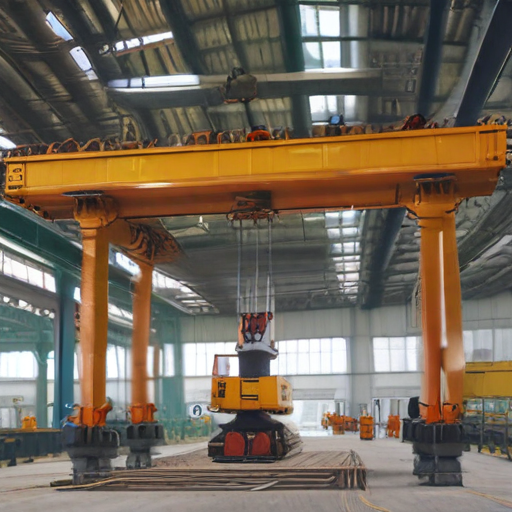
How to use “2 ton overhead bridge crane”
Operating a 2-ton overhead bridge crane requires attention to safety and adherence to operational guidelines. Here is a concise guide on how to use it:
1. Pre-Operational Checks:
– Inspection: Check the crane for any signs of damage or wear. Inspect chains, hooks, and controls.
– Load Test: Conduct a test run without a load to ensure all mechanisms work smoothly.
2. Power On:
– Ensure the power source is connected.
– Turn on the main switch or control mechanism.
3. Control Familiarization:
– Understand the crane controls: usually, this includes up/down and left/right movement.
– Familiarize yourself with the emergency stop button.
4. Positioning the Crane:
– Use the control pendant to move the crane above the load.
– Make small, deliberate movements to avoid swinging.
5. Securing the Load:
– Attach the hook to the load using appropriate slings or lifting devices.
– Ensure the load is balanced and securely fastened.
6. Lifting the Load:
– Gradually lift the load a few inches to check for balance and security.
– If stable, lift the load to the desired height.
7. Transporting the Load:
– Move the crane slowly and steadily to the desired location.
– Avoid sudden stops and starts to prevent the load from swinging.
8. Lowering the Load:
– Gradually lower the load into position.
– Ensure the load is stable before releasing tension on the lifting slings.
9. Post-Operational Procedure:
– Turn off the crane’s power.
– Conduct a quick inspection for any signs of wear that may have occurred during use.
– Report any issues to maintenance.
Safety Tips:
– Always follow the manufacturer’s guidelines.
– Never exceed the crane’s rated capacity.
– Keep the area clear of personnel when operating the crane.
– Use proper personal protective equipment (PPE).
By following these steps, you can safely and efficiently use a 2-ton overhead bridge crane.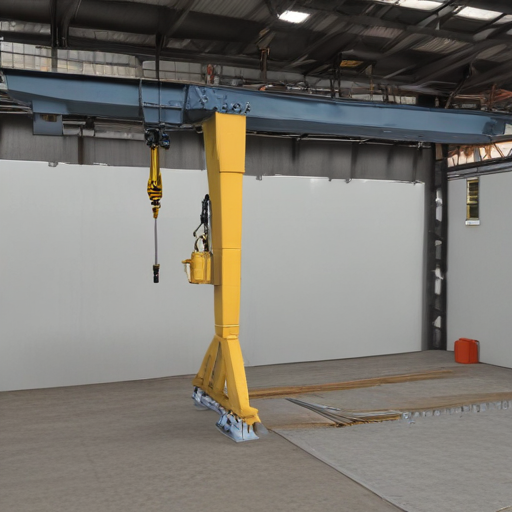
“2 ton overhead bridge crane” Comparative Analysis
A 2-ton overhead bridge crane is an essential material handling equipment widely used in industrial settings for lifting and moving heavy loads across a horizontal plane. When evaluating different models or brands, several factors come into play:
1. Design and Structure:
– Single Girder vs. Double Girder: Single girder cranes are economical and sufficient for lighter loads or shorter spans, while double girder cranes offer greater lift height and can handle more substantial loads due to their robust structure.
– Freestanding vs. Ceiling-Mounted: Freestanding cranes provide flexibility in installation as they don’t require existing support structures, whereas ceiling-mounted cranes save floor space but require strong pre-existing infrastructure.
2. Operational Efficiency:
– Manual vs. Electric: Manual cranes are less expensive and suitable for infrequent or lighter use. In contrast, electric cranes offer higher efficiency, faster lifting speeds, and reduced labor costs, making them ideal for frequent and intensive usage.
– Variable Speed Controls: Some models offer variable speed controls allowing for precise movement and positioning, enhancing safety and efficiency.
3. Safety Features:
– Overload Protection: Prevents the crane from lifting loads beyond its capacity, thereby reducing the risk of accidents.
– Emergency Stop: Ensures the crane can be halted immediately in the event of an issue, improving operator safety.
– Anti-Collision Systems: Useful in facilities with multiple cranes operating in proximity to avoid accidents and ensure smooth operations.
4. Maintenance and Durability:
– Material Quality: High-quality materials like steel ensure longevity and lower maintenance costs.
– Ease of Maintenance: Features like accessible components and diagnostic systems can reduce downtime and extend the crane’s lifespan.
5. Cost Considerations:
– Initial Cost vs. Total Cost of Ownership: While basic models may have a lower upfront cost, investing in a higher-end model with advanced features can reduce long-term costs through improved efficiency and reduced maintenance.
6. Customization and Scalability:
– Some manufacturers offer custom-built cranes tailored to specific requirements, ensuring a perfect fit for the operational needs.
By balancing these factors—design, operational efficiency, safety, maintenance, cost, and customization—you can determine the most suitable 2-ton overhead bridge crane for your application.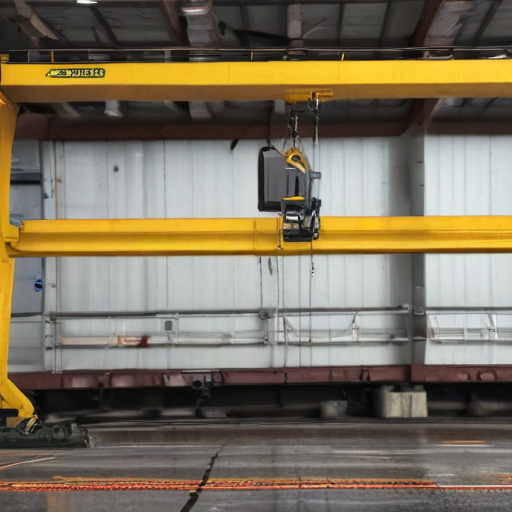
“2 ton overhead bridge crane” Warranty and Support
At XYZ Cranes, we stand behind the quality and performance of our 2-ton overhead bridge cranes by offering a comprehensive warranty and robust support services. Our standard warranty includes a one-year coverage period from the date of installation, ensuring our clients receive protection against manufacturing defects and workmanship issues. Components such as the hoist, control systems, and structural elements are all covered, reflecting our commitment to product reliability.
For extended peace of mind, we offer optional extended warranty plans that can be customized to fit specific operational needs. These plans provide ongoing coverage and support, reducing downtime and ensuring continuous productivity.
Our support team is dedicated to assisting with any technical inquiries, troubleshooting, or maintenance needs. We provide 24/7 customer service via phone and email, ensuring prompt responses to your concerns. Additionally, our network of certified technicians is available for on-site service calls, repairs, and routine maintenance.
To further enhance the user experience, we offer comprehensive training programs that include operator and maintenance training. These programs are designed to maximize the efficiency and safety of your crane operations.
At XYZ Cranes, customer satisfaction is our top priority. Our commitment to quality, combined with our extensive warranty and support services, ensures that your investment in our 2-ton overhead bridge crane delivers long-term value and reliability.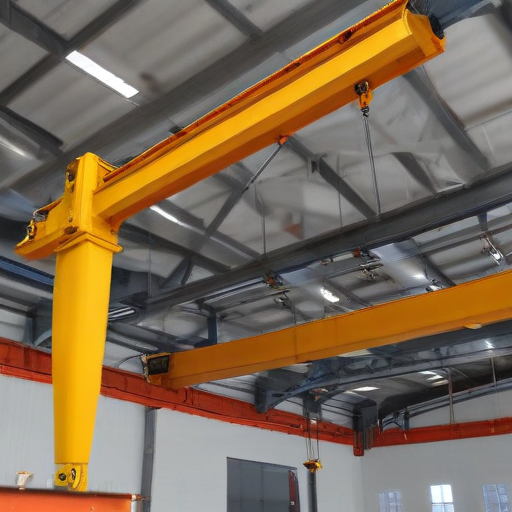
List “2 ton overhead bridge crane” FAQ
Sure! Here are some frequently asked questions (FAQ) about 2-ton overhead bridge cranes:
1. What is a 2-ton overhead bridge crane?
– A 2-ton overhead bridge crane is a hoisting system designed to lift and transport loads up to 2 tons across a designated area using a bridge that spans the width of a working area.
2. Where are overhead bridge cranes commonly used?
– These cranes are commonly used in manufacturing plants, warehouses, maintenance shops, and construction sites.
3. What components make up an overhead bridge crane?
– Key components include the bridge girder, trolley, hoist, runway, end trucks, and control systems.
4. What types of hoists are compatible with a 2-ton crane?
– Electric wire rope and electric chain hoists are commonly used, based on the application’s requirements.
5. What is the average span of a 2-ton overhead bridge crane?
– Spans can vary greatly but typically range from 10 to 60 feet, depending on the facility’s layout.
6. How is an overhead bridge crane controlled?
– Controls can be manual (via pendant), radio remote, or through an automated system.
7. What are the installation requirements?
– Proper runway support structures, electrical connections, and a flat, even floor surface for track alignment are essential.
8. What safety features are included?
– Common safety features include limit switches, overload protection, emergency stop buttons, and anti-collision systems.
9. What maintenance does a 2-ton overhead crane require?
– Regular inspections, lubrication of moving parts, and periodic load testing are essential for safe and efficient operation.
10. Can a 2-ton overhead bridge crane be customized?
– Yes, these cranes can be tailored to specific lifting needs, including custom spans, heights, and control systems.
11. What is the cost of a 2-ton overhead bridge crane?
– Prices vary based on features and specifications but typically range from $10,000 to $50,000.
12. Are there regulatory standards?
– Yes, cranes must comply with OSHA and ANSI standards, and regular inspections by certified professionals are required.
This concise FAQ should cover the most essential aspects of 2-ton overhead bridge cranes within 300 words.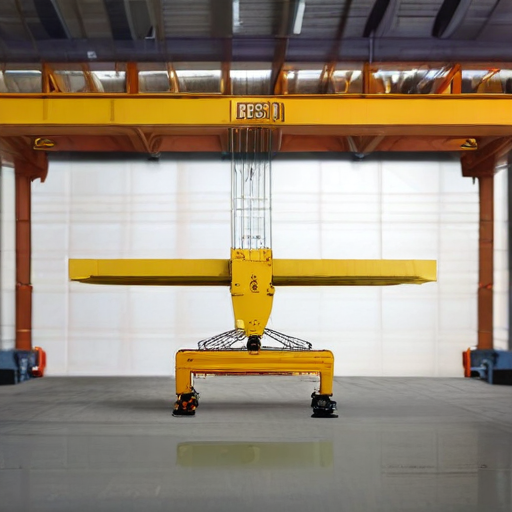
Top 10 FAQ with answer about 2 ton overhead bridge crane for Buyer Sourcing from China
Certainly! Here’s a concise FAQ for buyers sourcing a 2-ton overhead bridge crane from China:
1. What is the typical lead time for a 2-ton overhead bridge crane?
– Lead times vary by manufacturer and customization requirements, but generally, expect 4-8 weeks for production and shipping.
2. What are the key specifications to consider?
– Key specifications include span length, lifting height, lifting speed, hoist type, power requirements, and track type.
3. Is customization available for specific industry needs?
– Yes, many Chinese manufacturers offer customization options to meet specific industry requirements, such as hazardous environments or specialized lifting needs.
4. What is the average cost of a 2-ton overhead bridge crane from China?
– Prices typically range from $3,000 to $10,000, depending on features and specifications. Always request detailed quotes for accurate pricing.
5. Are Chinese cranes compliant with international standards?
– Reputable manufacturers ensure compliance with international standards like ISO, CE, and ASME to meet global quality and safety requirements.
6. What types of after-sales support and warranties are offered?
– Most suppliers provide a 1-year warranty and offer after-sales support, including installation guidance, maintenance tutorials, and spare parts.
7. How is shipping handled, and what are the costs?
– Shipping can be arranged via sea or air. Costs depend on the destination, shipping method, and crane size. Factoring in customs duties and taxes is essential.
8. What documentation is required for importing cranes?
– Necessary documents include commercial invoices, packing lists, bills of lading, and certificates of origin. Additional inspections and certifications may be required by local authorities.
9. Can on-site installation and training be provided?
– Some manufacturers offer on-site installation services and operator training, often at an additional cost. Virtual support via video conferencing is also an option.
10. How to verify the credibility of Chinese suppliers?
– Check for supplier certifications, request client references, review online ratings, and consider using third-party inspection services for verification.
This compact guide should help potential buyers navigate the process of sourcing a 2-ton overhead bridge crane from China.

